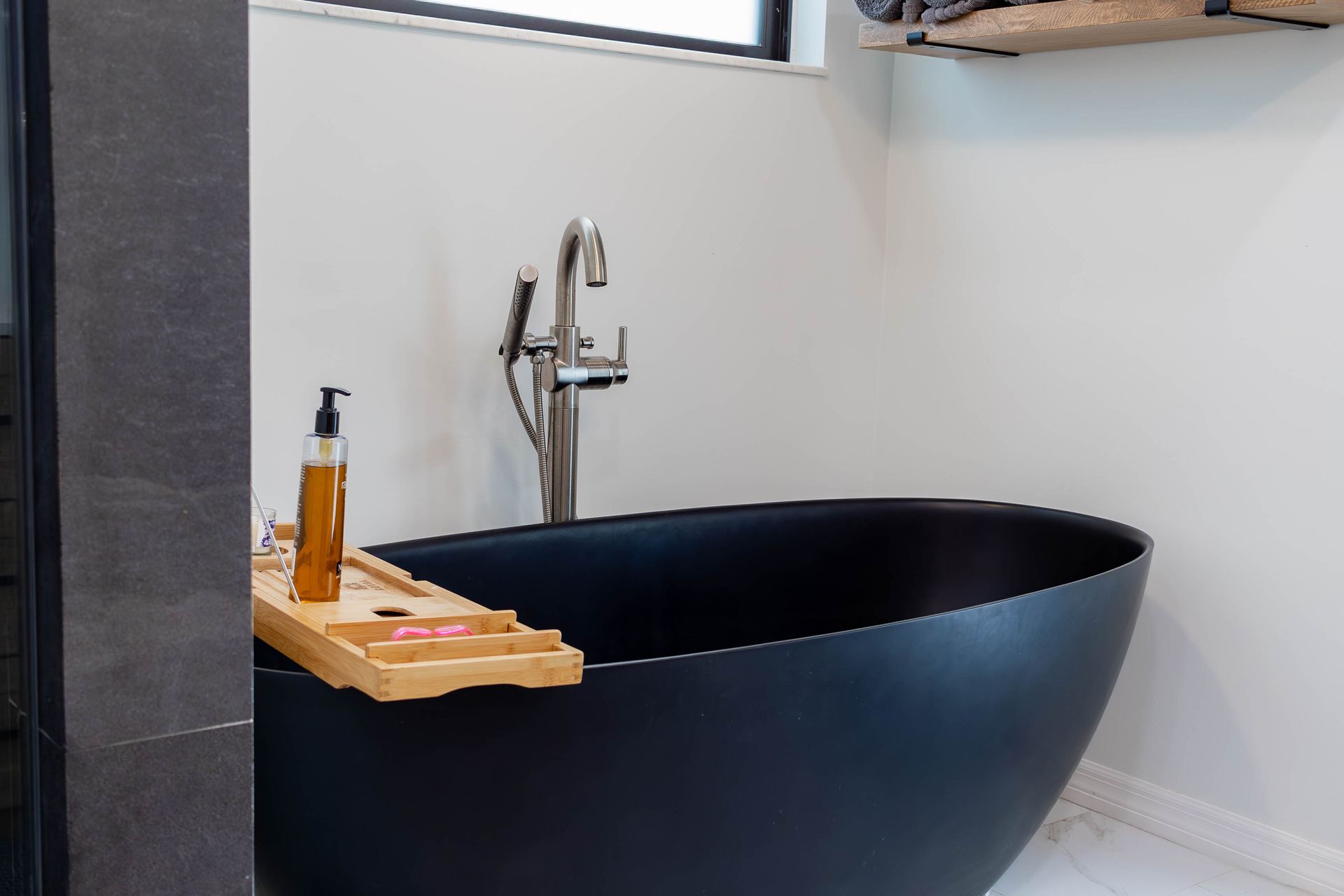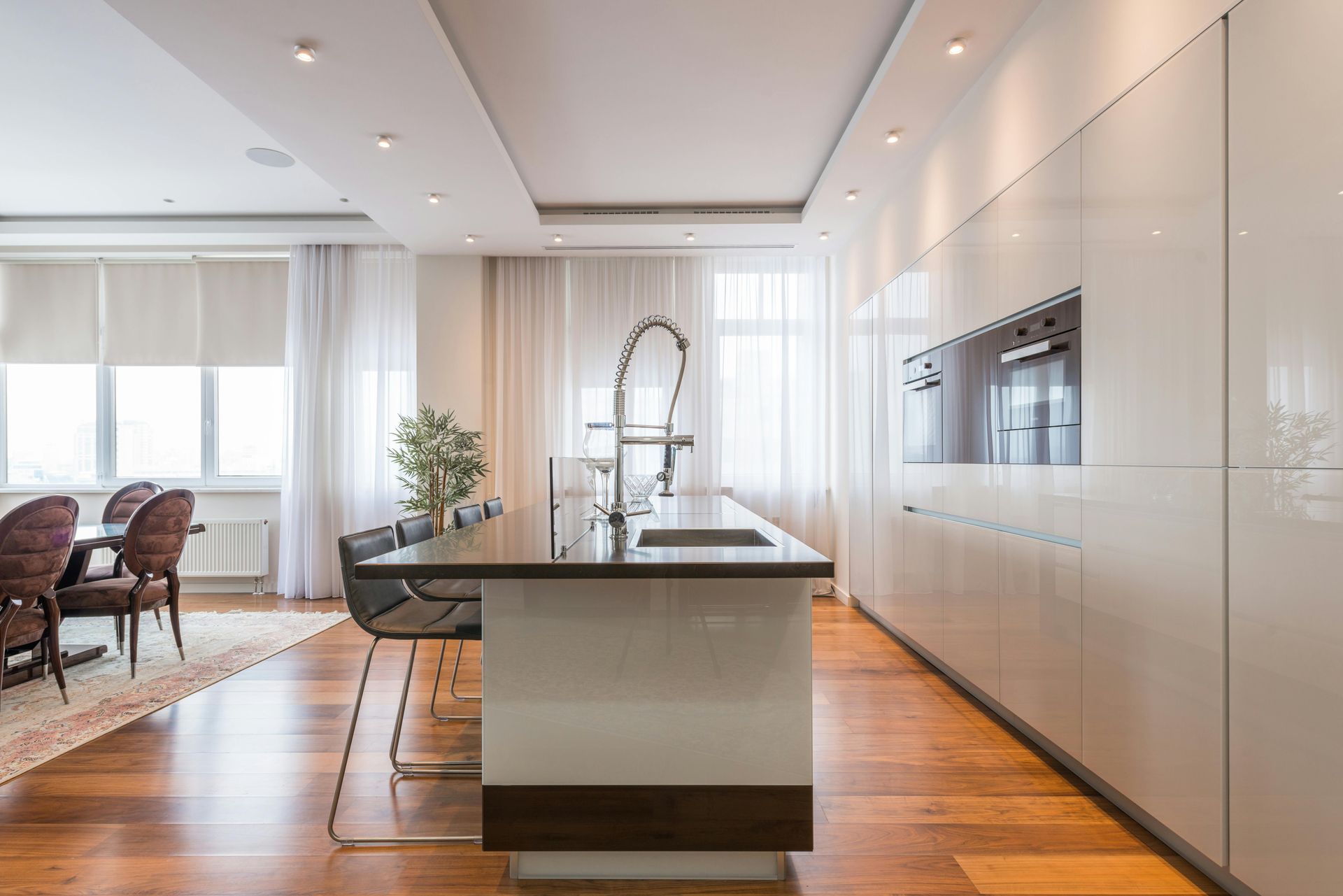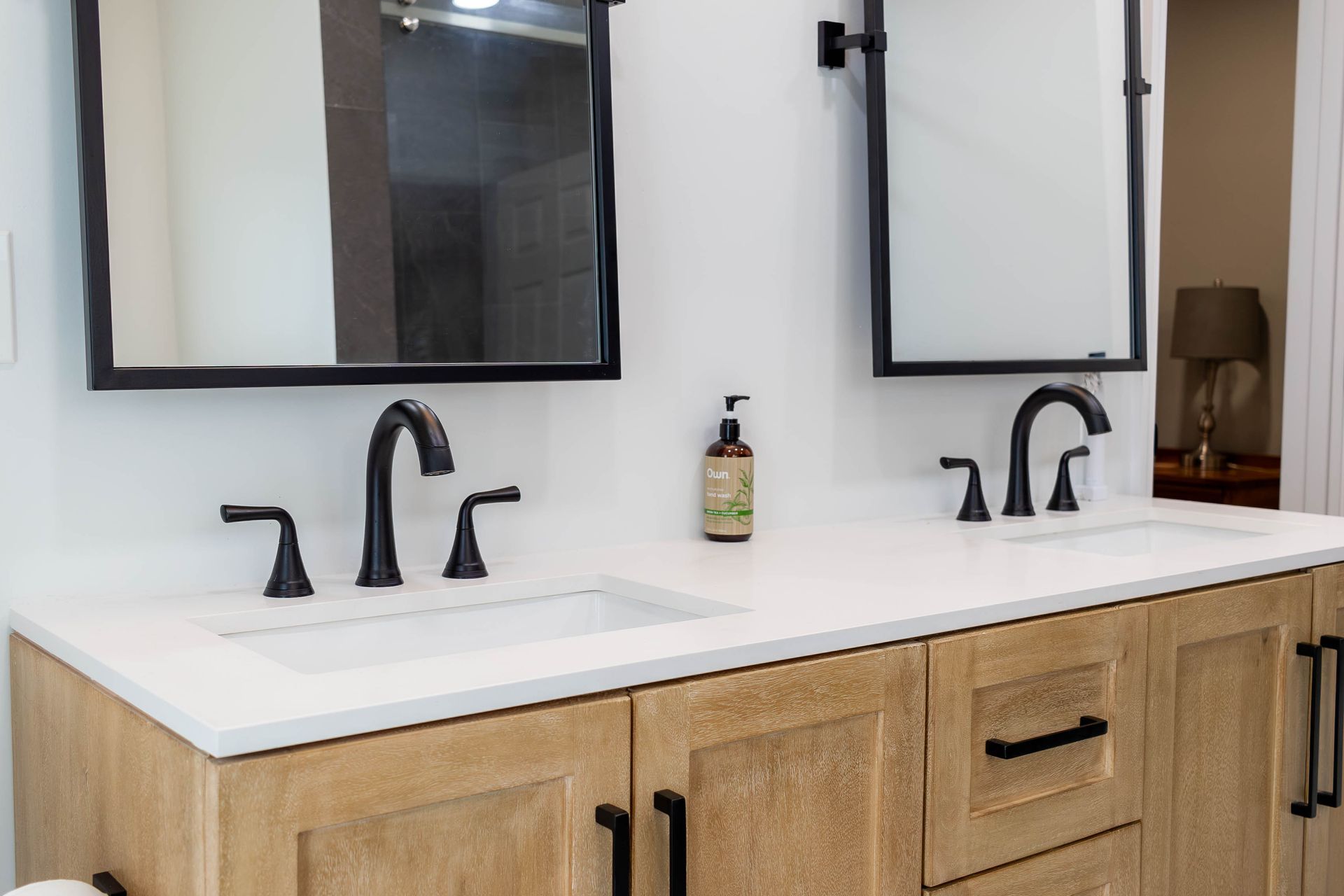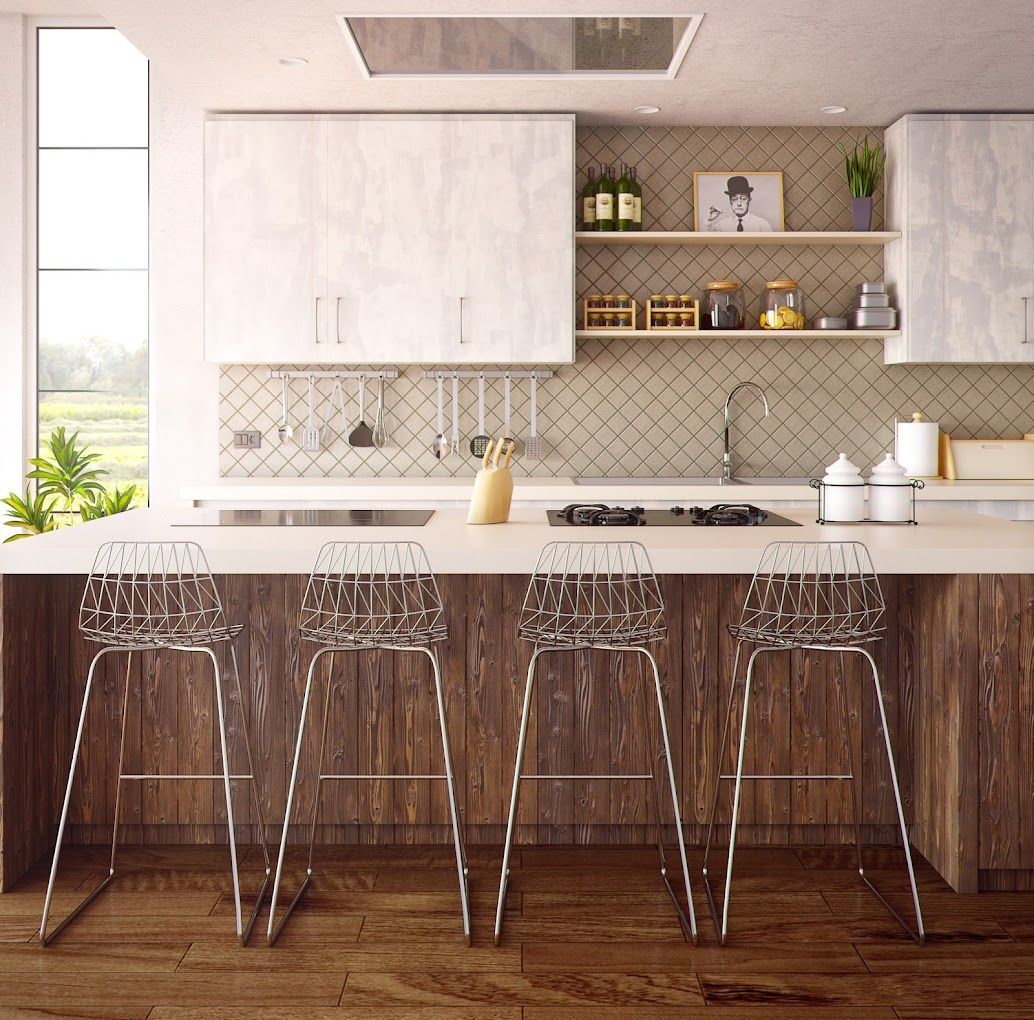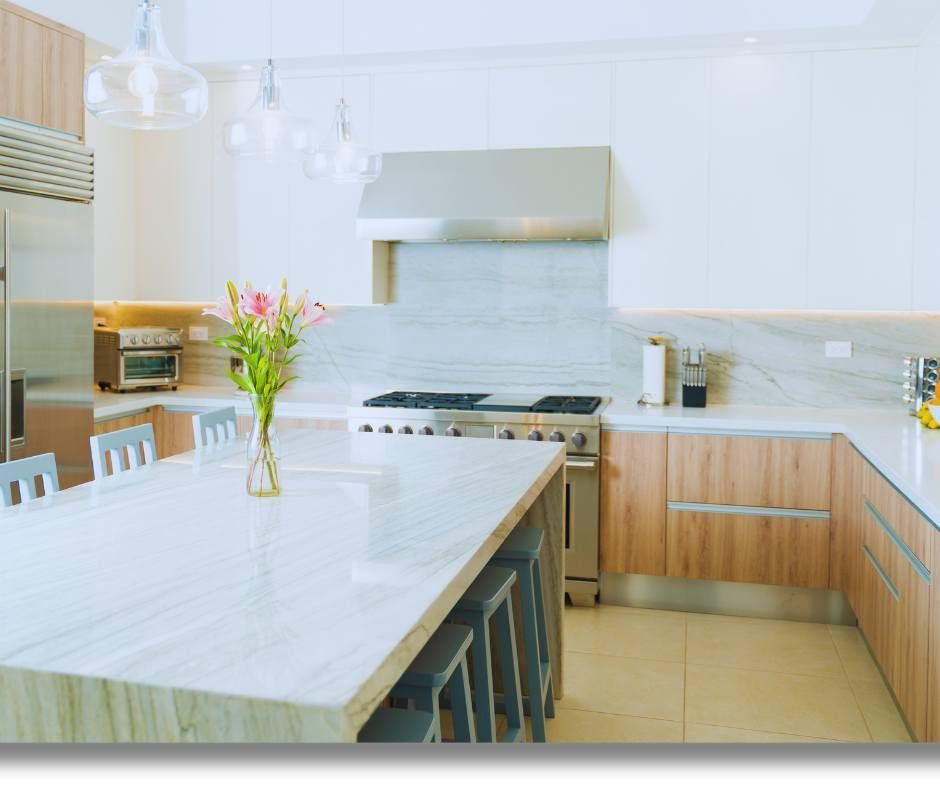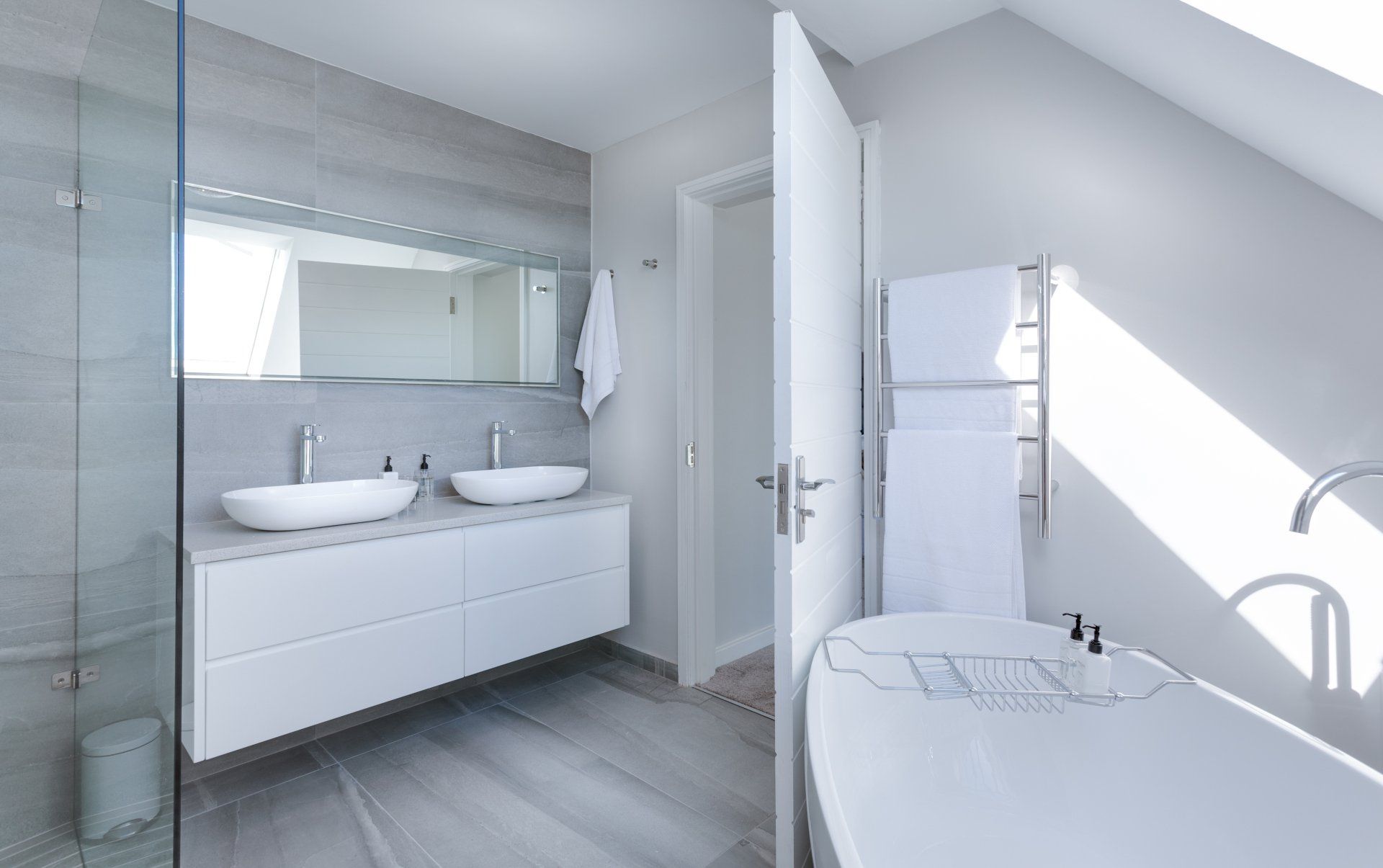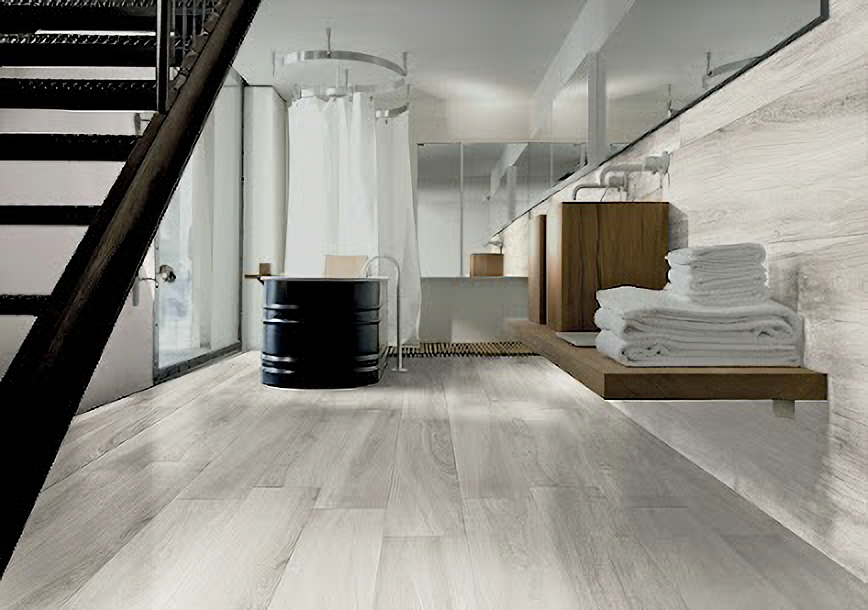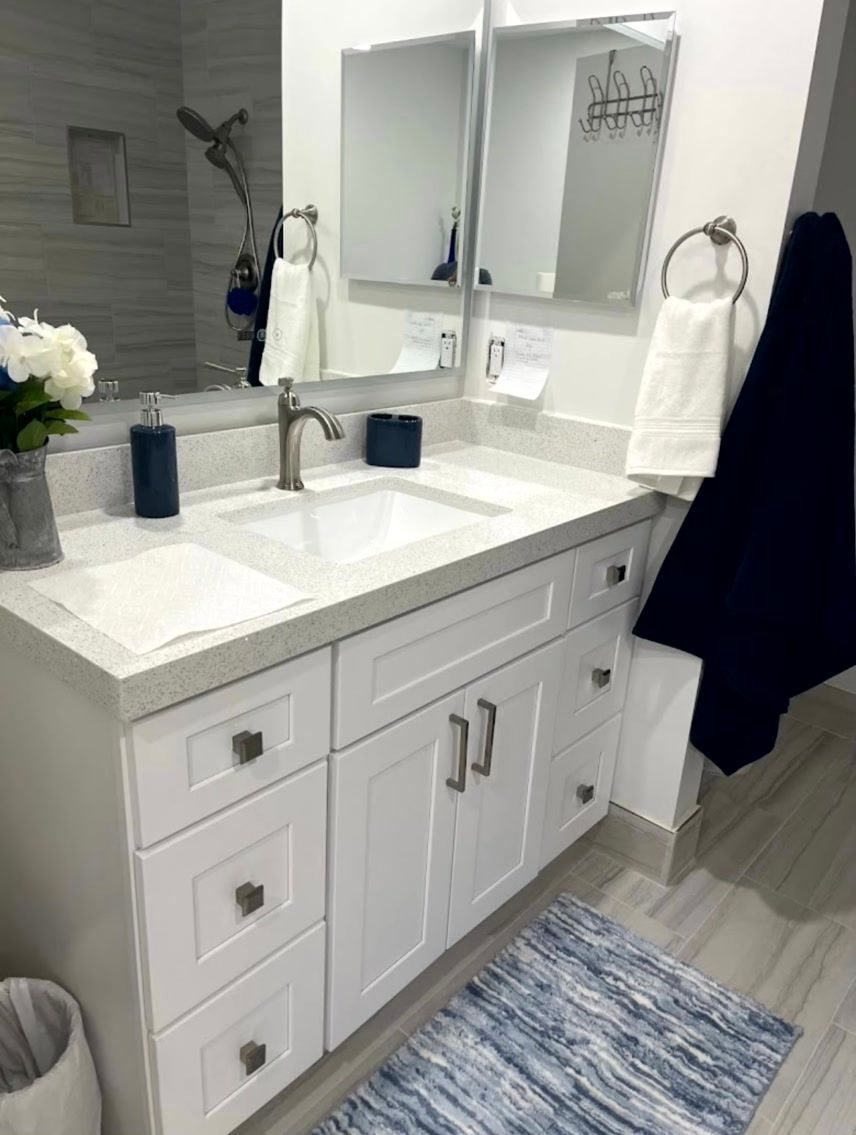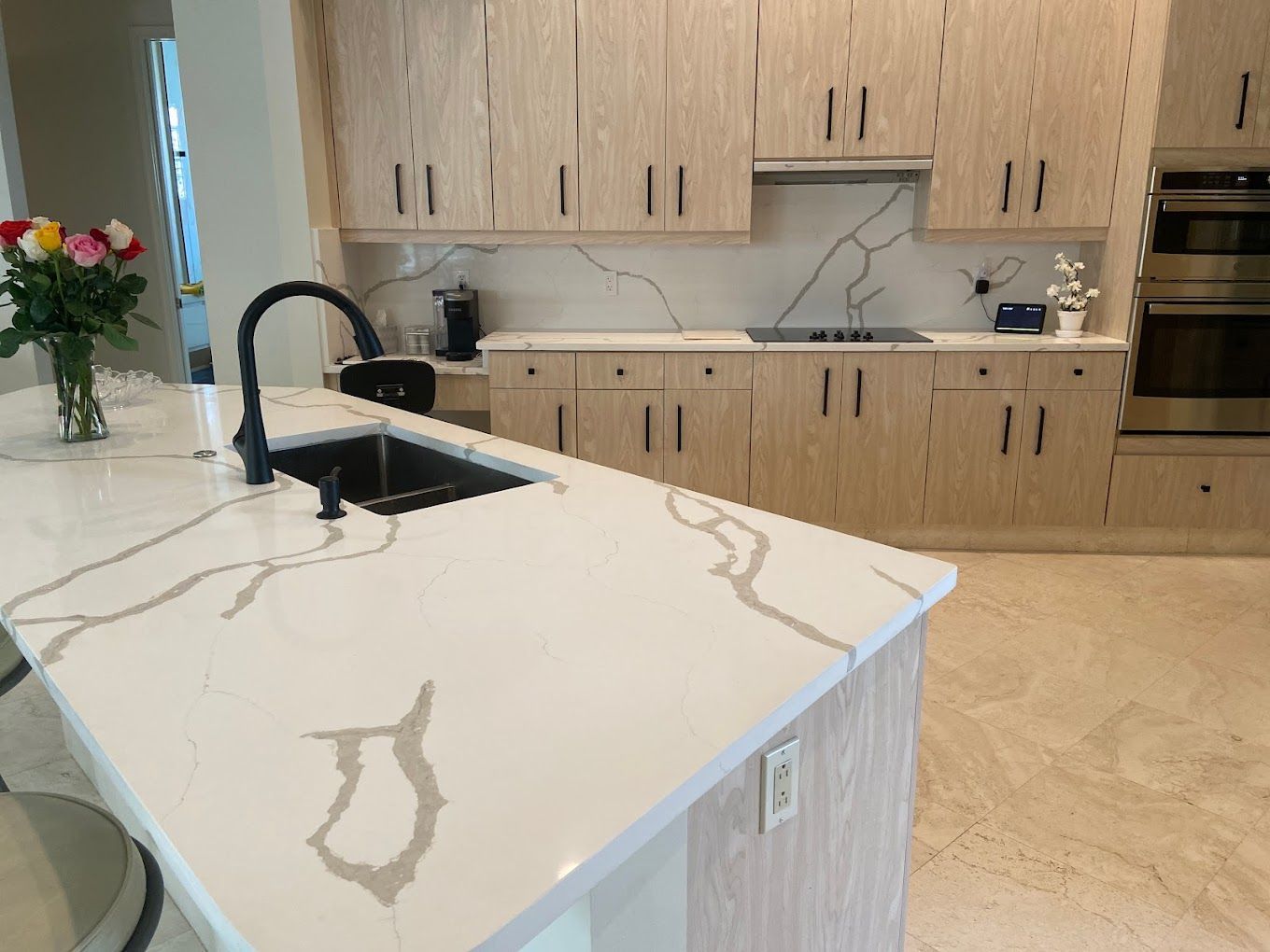Navigating the Complex World of Cabinetry
What Should I Look for When Buying Cabinets?
In the dynamic and intricate process of kitchen renovation and construction, one question frequently arises that stands out among the rest, especially for industry professionals like us who are deeply involved in this field. This pivotal question revolves around the topic of cabinetry—a crucial element that can make or break the functionality and aesthetics of a kitchen space.
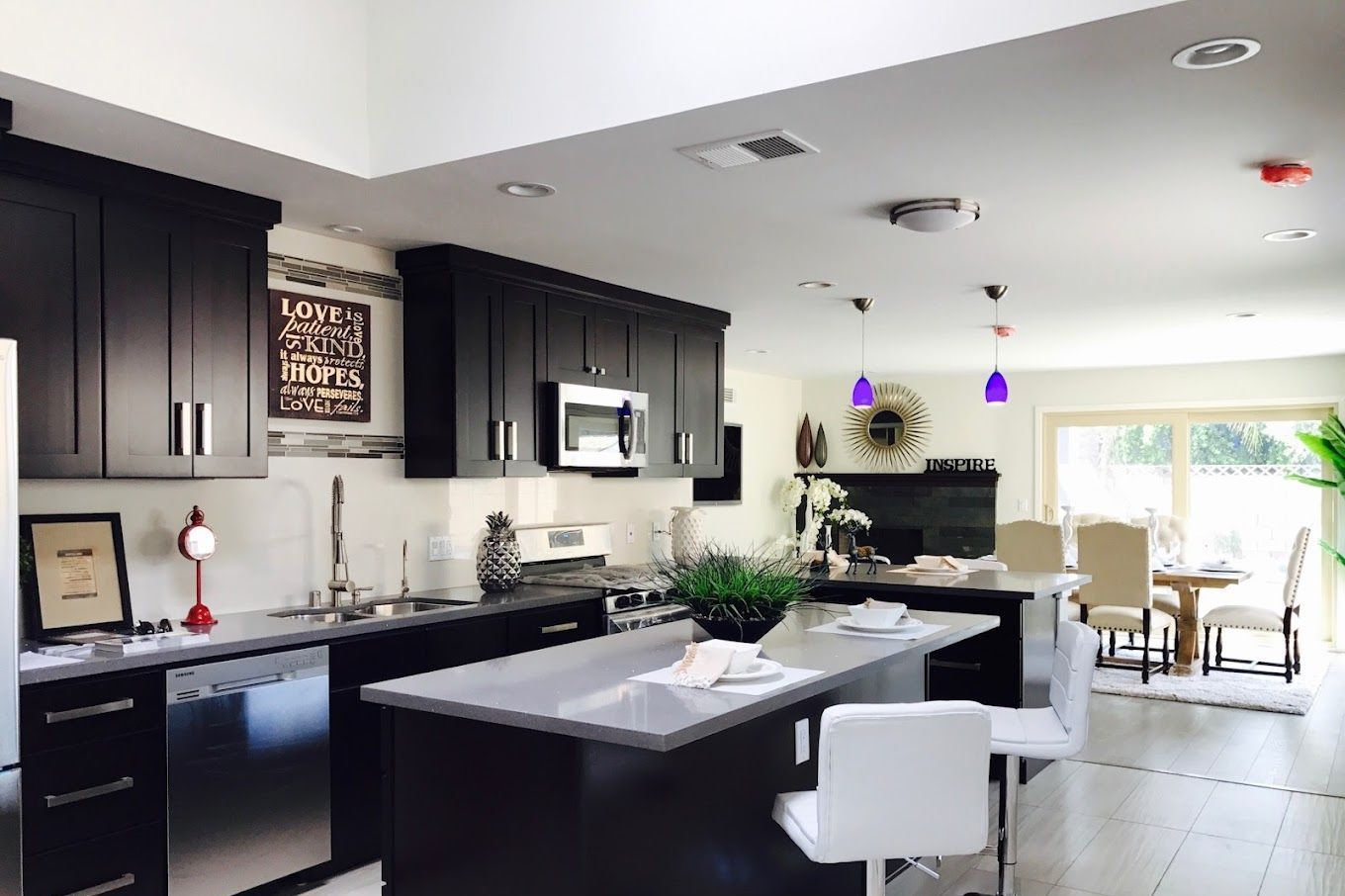
Through this information, we aim to illuminate the pathway for those attempting to navigate the often perplexing maze that cabinetry can appear to be. Whether you're a homeowner embarking on a kitchen makeover journey, a contractor seeking finer details to fortify your expertise, or a designer aspiring to create harmonious and practical kitchen ambiance, our insights are tailored to assist you.
Cabinetry is more than just boxes affixed to your kitchen walls; it's a statement of personal style and a reflection of how you interact with your space. It's essential to decode the complexities and layers that go into crafting the perfect cabinets. Considerations such as the sustainability of materials, the durability of construction, and the ingenuity of design become key factors in making informed choices.
The goal of this guide is to provide clarity and to simplify the seemingly daunting task of cabinet selection. We hope to expound on the nuances, demystify technical jargon, and bring you a step closer to making decisions with confidence and clarity. We're here to support and educate enthusiasts and professionals alike, ensuring that your venture into the world of cabinetry is not only successful but also enjoyable.
Here are some key components to consider when selecting your cabinets:
All-plywood construction (APC): Plywood has more holding power with screws, fasteners, and glue. Plywood is made with layers of wood running both lengthwise and crosswise in a way that makes plywood stronger. It has a much higher tolerance for moisture than particleboard does, which is an essential feature to consider around areas with sinks, faucets, and running water. Plywood will bear weight over long periods and is also much more resilient to damage such as blow-outs, dings, and dents.
Soft Close Hinges: are crucial for opening and closing doors. Inferior hinges can cause stiff, loose, or uneven doors that won't close properly. Quality hinges, like those from Blum or Salice, feature soft-close mechanisms and are nickel-plated, hardened steel. They adjust six ways—in-out, up-down, and left-right—to accommodate seasonal changes. These durable hinges meet or exceed American National Standards Institute requirements, ensuring they withstand constant use.
Dovetail Drawers: If your drawers are bending, bowing, or the fronts are falling off, consider upgrading to higher-quality drawer boxes. Low-end kitchen cabinetry often features weak construction with staples and notched butt joints, leading to quick deterioration. Solid hardwood drawer boxes with dovetail joints and heavy plywood bottoms are the gold standard in American cabinetry. These high-quality boxes use 5/8-inch or thicker solid maple or birch sides and dovetail joints for exceptional durability. A strong plywood bottom, secured with dado (grooved) joints, ensures lasting strength.
Fully assembled cabinets: Cabinets designed to be fully assembled in the factory are stronger and more durable. Factory construction methods join wood parts using dovetail joints, hot and cold glue, power fasteners, and other industrial techniques. In this wood-to-wood construction, the pieces bond on a microscopic level that increases the strength of the cabinet. A cabinet is built, packed and shipped as a unit, doors, and drawers intact, ready to be installed.
Warranty: While the warranty might not tell you about the quality of the cabinet per se, it gives you a clue about how far the manufacturer is willing to stand behind their product. If they assure a lifetime warranty, it implies that they have faith in the cabinet quality. If they provide no warranty well, you can decide for yourself what that means. Poor quality cabinetry will often begin to break down after 5 to 10 years of use. By that time, their warranties may have expired. Given that kitchen cabinets are one of the most expensive items you will ever purchase for your home, a lifetime warranty can be the assurance you need that your cabinets will serve you for the entire period you reside in your home.
Remember that the road to impeccable cabinetry is a journey of discovery, and with the right knowledge, you have the power to mastermind a kitchen that is as practical as it is picturesque. Let us be your ally in this venture, providing you with the necessary tools to choose cabinetry that not only meets your needs but exceeds your expectations.
